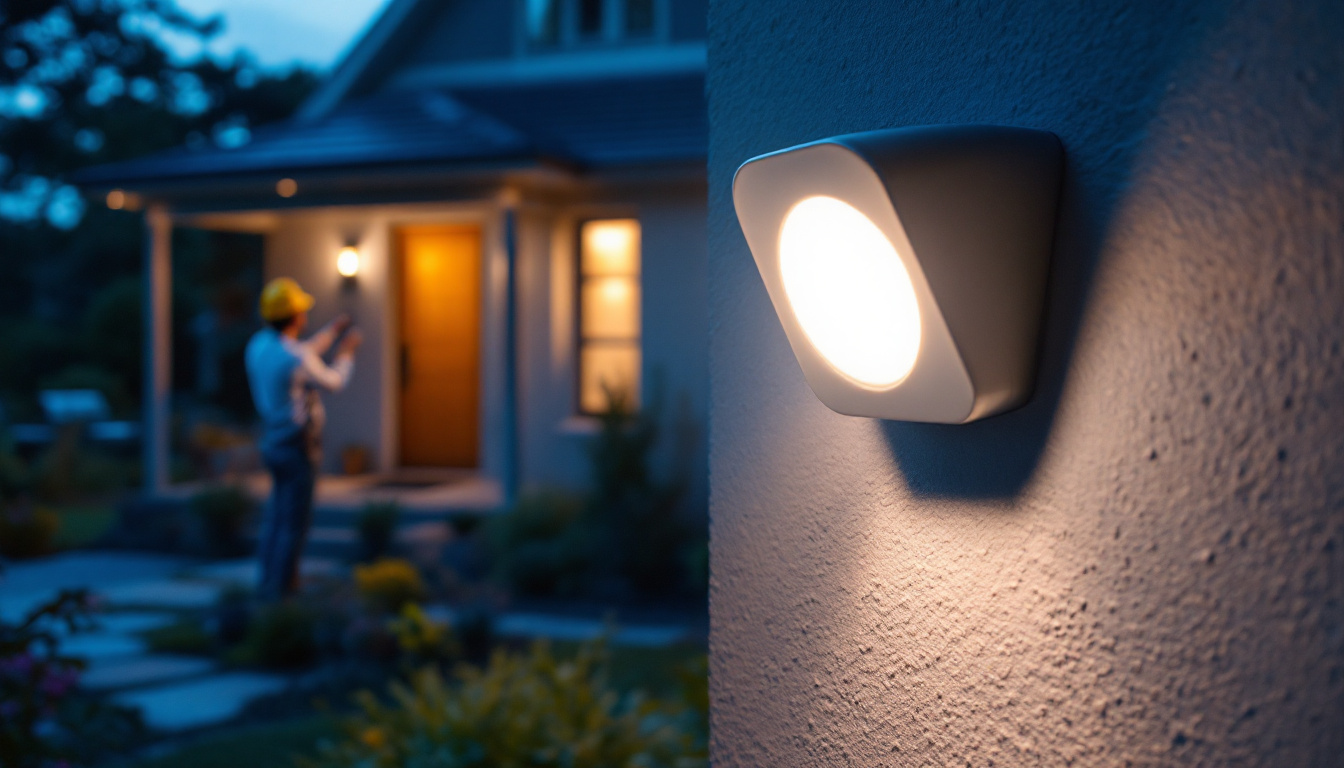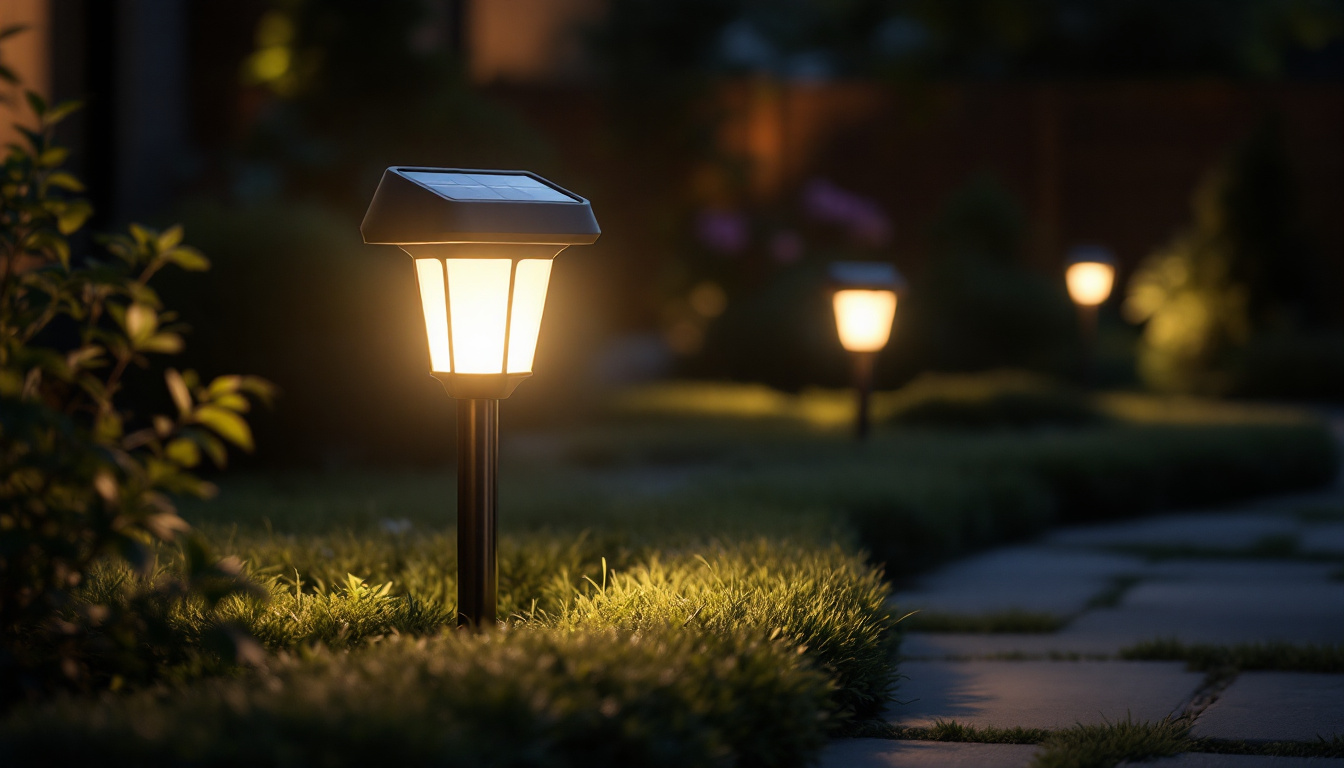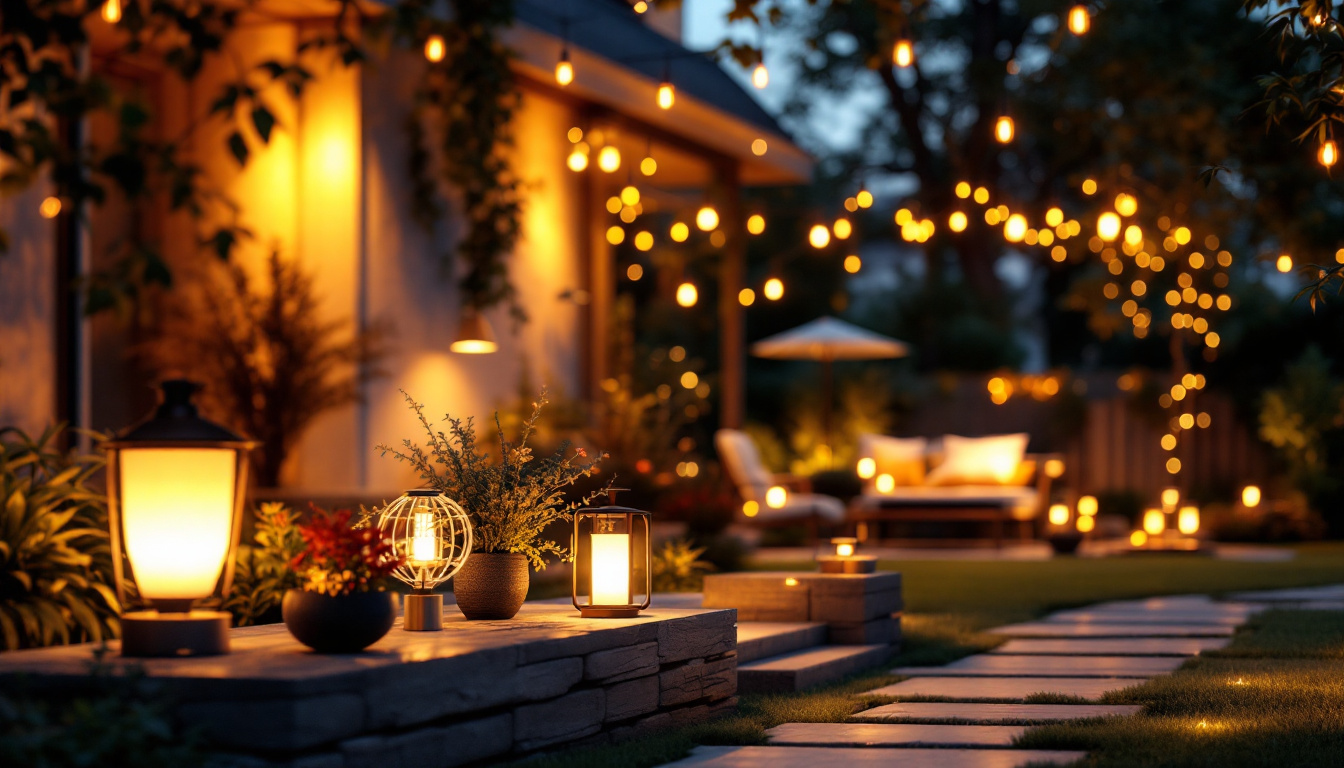
As the demand for energy-efficient and smart lighting solutions continues to grow, outdoor light and motion sensors have emerged as essential tools for lighting contractors. These technologies not only enhance security and convenience but also contribute to energy savings and sustainability. This article explores the benefits, installation tips, and market trends surrounding outdoor light and motion sensors, empowering lighting contractors to maximize their success in this evolving landscape.
Outdoor light and motion sensors are devices designed to detect movement and control lighting based on environmental conditions. They are often used in residential and commercial settings to improve safety, security, and energy efficiency. By automatically turning lights on or off based on occupancy and ambient light levels, these sensors help reduce energy consumption while providing illumination only when needed.
There are several types of outdoor light and motion sensors available in the market, each with unique features and applications. Understanding these types can help contractors choose the right solution for their clients.
The integration of outdoor light and motion sensors offers numerous advantages for both contractors and their clients. These benefits extend beyond mere convenience, impacting energy efficiency and safety.
Moreover, outdoor light and motion sensors can be integrated with smart home systems, allowing for remote monitoring and control via smartphones or tablets. This connectivity not only enhances user convenience but also enables homeowners to receive alerts when motion is detected, providing peace of mind even when they are away. Additionally, many modern sensors come equipped with adjustable sensitivity settings and timers, allowing users to customize their operation based on specific needs and preferences.
Another significant advantage of these sensors is their role in promoting sustainability. By reducing unnecessary energy usage, outdoor light and motion sensors contribute to lower carbon footprints, aligning with global efforts to combat climate change. As communities increasingly prioritize eco-friendly solutions, the demand for these technologies is expected to grow, making them a valuable investment for both current and future projects.
Proper installation is crucial for maximizing the effectiveness of outdoor light and motion sensors. Lighting contractors must consider various factors to ensure optimal performance and client satisfaction.
Before installation, a thorough site assessment is essential. Contractors should evaluate the area where the sensors will be installed, considering factors such as:
Additionally, contractors should take into account the potential for wildlife interference, which can trigger motion sensors unnecessarily. By identifying animal paths and behaviors, contractors can adjust sensor placements to minimize false alarms. Furthermore, discussing the client’s preferences for lighting intensity and duration can lead to a more tailored solution that enhances both security and aesthetics.
To maximize the effectiveness of outdoor light and motion sensors, proper placement is key. Here are some guidelines to consider:
Moreover, it is beneficial to conduct a test run after installation to verify that the sensors are functioning as intended. This includes checking for blind spots and ensuring that the sensors can accurately detect movement without being obstructed. In some cases, adjusting the sensitivity settings may be necessary to cater to the specific environment, ensuring that the sensors respond appropriately to both human activity and environmental changes.
Proper wiring and connectivity are crucial for the functionality of outdoor light and motion sensors. Contractors should ensure:
In addition, contractors should consider the use of smart technology that allows for remote monitoring and control of the lighting system. Integrating sensors with a home automation system can provide clients with enhanced convenience and security. This can include features such as smartphone notifications when motion is detected or the ability to adjust lighting settings from a distance. Ensuring that all components are compatible with existing systems will streamline the installation process and enhance the overall user experience.
The outdoor lighting market is continually evolving, influenced by technological advancements and changing consumer preferences. Staying informed about these trends can help lighting contractors position themselves for success.
As smart home technology becomes increasingly popular, outdoor lighting solutions are also evolving. Many outdoor light and motion sensors now offer compatibility with smart home systems, allowing users to control their lighting remotely through smartphone apps or voice commands. This integration not only enhances convenience but also appeals to tech-savvy clients looking for modern solutions. Furthermore, the rise of artificial intelligence in smart lighting systems enables features such as adaptive brightness, which adjusts automatically based on the time of day or surrounding light conditions, providing both energy savings and enhanced security.
With a growing emphasis on sustainability, energy efficiency regulations are becoming more stringent. Lighting contractors must stay updated on local and national codes regarding outdoor lighting to ensure compliance. This includes understanding the energy consumption limits for lighting fixtures and the benefits of using energy-efficient LED options. Additionally, many municipalities are now offering incentives for the installation of energy-efficient outdoor lighting, which can be a selling point for contractors. By promoting these options, contractors not only help clients save on energy bills but also contribute to a greener environment, aligning their services with the increasing demand for eco-friendly solutions.
Design trends in outdoor lighting are shifting towards aesthetics as well as functionality. Clients are increasingly seeking stylish lighting solutions that enhance the beauty of their outdoor spaces. Contractors should be prepared to offer a variety of design options, including decorative fixtures and customizable lighting designs that cater to individual tastes. In addition, the trend of integrating lighting with landscaping is gaining traction, where fixtures are strategically placed to highlight architectural features or natural elements like trees and shrubs. This not only enhances the visual appeal of outdoor areas but also creates inviting atmospheres for gatherings and events, making it essential for contractors to stay ahead of these design trends to meet client expectations.
While outdoor light and motion sensors present numerous opportunities, lighting contractors may encounter challenges in their implementation and installation. Recognizing these challenges can help contractors devise effective strategies to overcome them.
Many clients may not fully understand the benefits and functionalities of outdoor light and motion sensors. Lighting contractors must take the time to educate clients about the advantages of these systems, including energy savings, security enhancements, and convenience. Providing clear explanations and demonstrations can help clients make informed decisions.
Installation may sometimes present technical challenges, particularly when dealing with complex wiring or integration with existing systems. Contractors should be prepared to troubleshoot potential issues and have a solid understanding of the technology involved. Ongoing training and staying updated on the latest advancements can help mitigate these challenges.
The outdoor lighting market is competitive, with numerous contractors vying for clients. To stand out, contractors should focus on building a strong reputation through quality workmanship, excellent customer service, and innovative solutions. Networking within the industry and leveraging online marketing strategies can also help attract new clients.
Outdoor light and motion sensors are transforming the landscape of outdoor lighting, offering numerous benefits for both contractors and clients. By understanding the types, benefits, and installation considerations of these systems, lighting contractors can maximize their success in an evolving market. Embracing smart technology, staying informed about market trends, and addressing challenges head-on will position contractors to thrive in this competitive industry.
As the demand for energy-efficient and smart lighting solutions continues to rise, lighting contractors have a unique opportunity to leverage outdoor light and motion sensors to enhance their service offerings. By prioritizing education, quality installation, and innovative solutions, contractors can not only meet but exceed client expectations, ultimately driving their success in the field.
Ready to elevate your lighting projects with the latest in outdoor light and motion sensor technology? Look no further than LumenWholesale, where we provide contractors with superior, spec-grade lighting products at unbeatable wholesale prices. Say goodbye to local distributor markups and hello to our extensive selection that meets the highest industry standards. With LumenWholesale, you get the reliability and performance you need, coupled with the convenience of hassle-free bulk buying and free shipping. Don’t compromise on quality or value—choose LumenWholesale for premium lighting solutions that will set your services apart. Wholesale Lighting at the Best Value is just a click away.

Explore the essential best practices for bypassing ballasts in LED installations with insights tailored for lighting contractors.

Discover essential tips for lighting contractors to maximize the efficiency of LED solar power dusk-to-dawn spotlights.

Discover essential insights into outdoor lighting stores that every lighting contractor should know.

Discover expert tips from a seasoned lighting contractor on how to navigate the chandelier market.